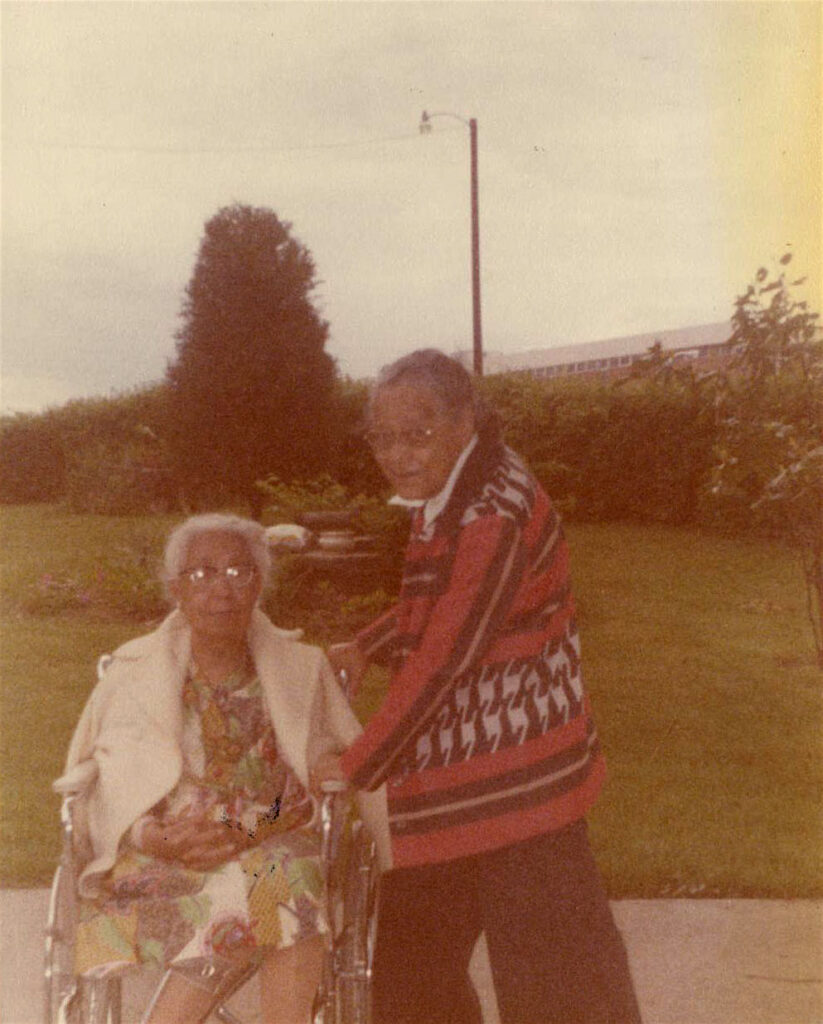
The above photo does not seem particularly salacious. Could be an old picture of two of our elderly relatives when they were as young as many of us are now. Certainly taken somewhere back before we closely examined each image for subliminal queer identifications. Even at this early 21st century moment, when many insist being lesbian is acceptable; even after legal protection for homosexual activity in marriage and other public/private social expressions, whatever our personal views, we all are aware that sexual relations (and, for that matter, gender identity) is far broader than a simple man/woman duality.
Homosexuality was often termed “unnatural” but can human expression that is centuries old really be unnatural? After all, in the western context, within which we live, homosexuality is found in the bible and in ancient greek art. While we may think of today’s liberal social views on gender as progressive, these views are not actually out of step with human behavior of bygone years.
What is different and of note is the views of rulers of society, what the privileged believe and promote, as well as what they actually do and, yes, very often deny. That is why “Two Photographs of Black Queer Intimacy” by Jessica Lynne, is a super-important essay about an oft overlooked reality.

Ms. Lynne plumbs the depths of feelings not only projected by the photographs, but also investigates her own feelings in response. Some may think there is too much speculation here, but the truth is we all speculate about our existence and sometimes about our opposition to the social reality within which we are bound.
It doesn’t have to be this way, the way life is imposed on us, the way we too often reluctantly, or unthinkingly, accept. Jessica Lynne tells us that two women, long ago stood together, loved each other, and set a standard most of us generally fail to confront today. If they could do it so long ago at the turn of the twentieth century, what does that say about us over a hundred years later?
In revealing our reality, looking again at what we were, this times with both eyes open and willing to look at what is actually there, we now see, and hopefully, realize that human society was always more than simply binary.
Regardless of what we are taught–or how we are indoctrinated–humans have always loved humans in a multiplicity of ways. Rather than a simple binary, and while not the majority but rather a substantial minority, what we might call “queer intimacy” was always the natural result of sharing spaces and embraces with one another.
